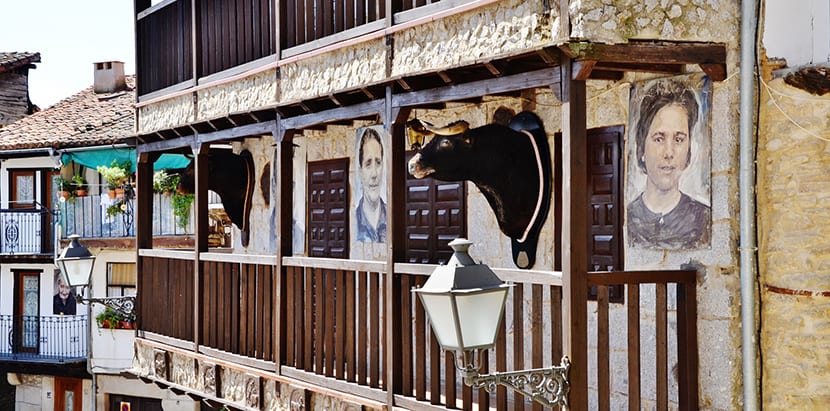
Today we stay in Spain knowing one of its many beautiful towns: mogarraz. It is small, it is hidden in the Natural Park of Las Batuecas, in the Sierra de Francia, province of Salamanca, and if you like walks between towns you have to know it.
Today, then Mogarraz and its charms.
mogarraz

As we said above, it is a town that It is in the province of Salamanca, in Castilla y León, within the Sierra de Francia region. The Sierra de Francia is to the south of the province and has many mountains, valleys and forests, rivers and streams.
Mogarraz enjoys a Mediterranean climate winters not so cold and summers in which it is rare for the temperature to reach 30ºC. It is worth remembering that it is one of the many municipalities that make up the region and is proud to be considered A Cultural. It is a beautiful historical complex since its buildings and its medieval streets are a charm.
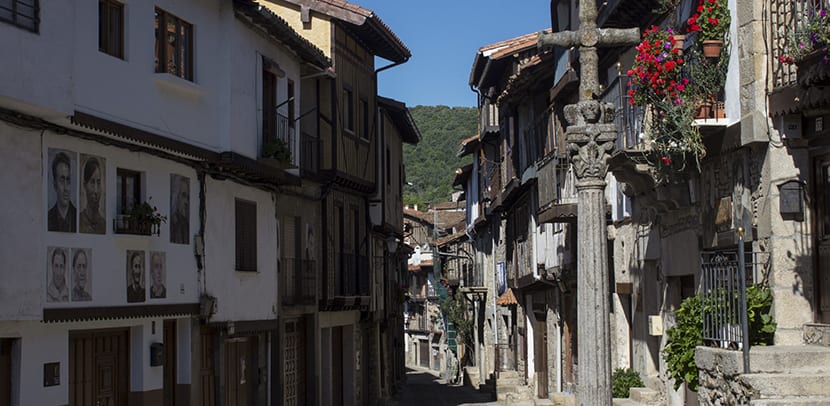
History tells us that the town was born from the hand of the Leonese kings in the Middle Ages and that towards the thirteenth century it became part of the Miranda del Castañar alfoz. It is one of the few Jewish quarters converted to Christianity And it is possible that the name sounds familiar to you from the media because a while ago it made headlines for a peculiar art exhibition based on passport photographs of its neighbors.
Mogarraz Tourism
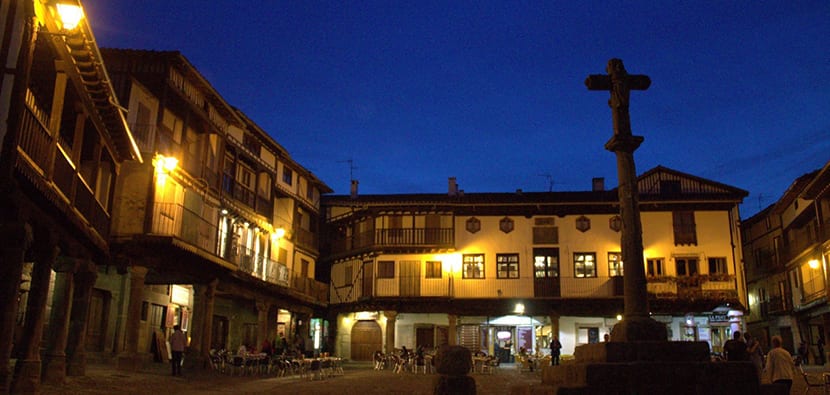
We said that the town is within the Natural Park of Las Batuecas and Sierra de Francia, in turn Biosphere Reserve. It is Historical and Artistic Complex And as it is a somewhat hidden town, it has managed to preserve the civil and military architecture, despite the passage of time, since those distant years in which the town was built and populated by Frenchmen arrived with Count Raymond of Burgundy, husband of the Infanta Doña Urraca, Gascones and Roussillon.

It has been a Historic-Artistic Site since 1998 due to the beauty and layout of its streets and buildings. The stone houses and tramonera have been preserved, stone, adobe and wood frameworks, decorated with the heraldic shieldsThere is even one of the Inquisition out there, the most religious fonts and engravings. It is easy to get around here because like many medieval towns the center is arranged around, up and down, the main street.
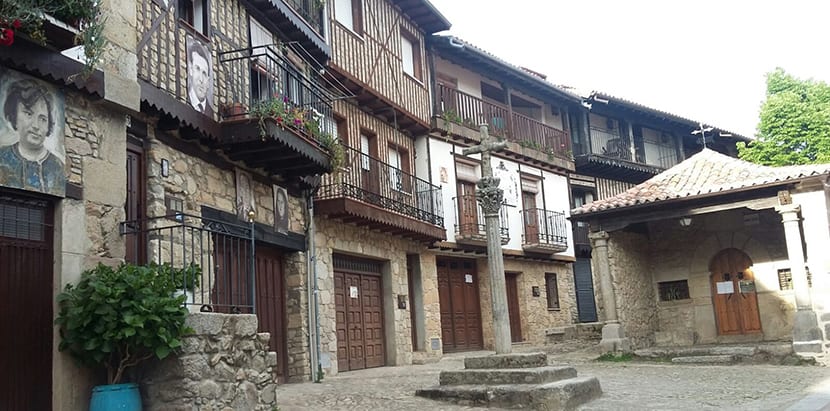
So what you are going to do as soon as you arrive is go for a walk and get lost in these streets. What points should you include in your tour? The Church of Our Lady of the Snows, the parish church, is a good start. It is a temple of simple design, with a single nave, portico, cupola and transept. With an austere facade, its baroque vault is contrasting. Next to him is the Bell tower dating from the seventeenth century, rather defensive in appearance, with granite ashlar masonry, no decoration and a separate body with a window housing the bells.

La Cross of the Jews It is from the same century and is next to the Ermita del Humilladero, striking for its capital of skulls that immediately reminds us of the Calvary that welcomes us as soon as we step into town, granite crosses dating from the seventeenth century. Behind the Hermitage there is a fountain, the Humilladero Fountain, which collects the water that is ultimately used in the baptismal font.
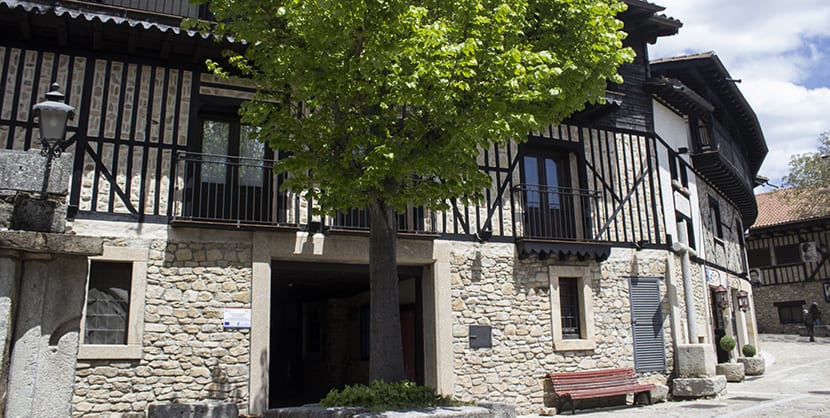
Buildings or places to stop and contemplate? The rocky Town Hall building, May Squarer, oval in shape and seat of bullfighting festivities, the fountains here and there, especially the Pila Fountain, the beautiful balconies, the symbols and lintels Hidden in the old facades of the houses, the urban layout between Arab and Jewish and of course, you are sure to run into a pig walking or lying in a street. Is he Pig of San Antón, a tradition dating back to the XNUMXth century and still enduring.
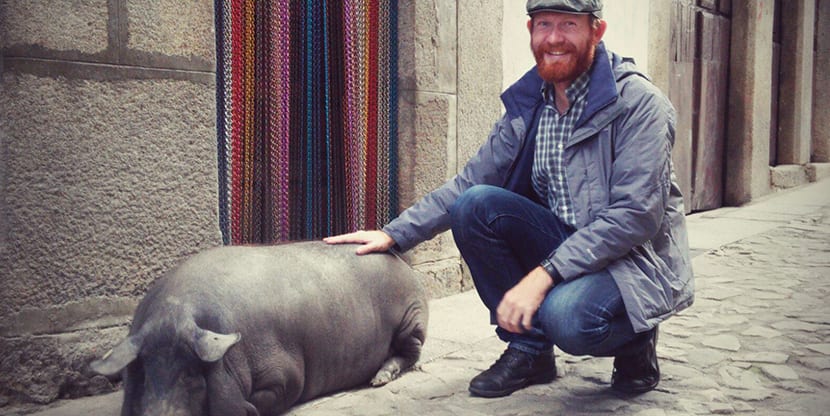
At the beginning of the article we talked about the passport photos of the neighbors and their strange inclusion in a work of art. And yes, it is a 2012 art exhibition which includes the portraits of the neighbors who lived or live in Mogarraz. Painted by local artist Florencio Maillo, taking as reference the typical passport photos that were used in the 60s and that served as a model for the neighbors who in the 1967st century were already elderly. That is to say, it is the face of those neighbors but in XNUMX.

This exhibition has 388 portraits, It is part of a photographic archive that has grown over time and today already has more than 600. While in the church you can see the portraits of those who no longer have a home in the town, others They are on the facades where the owners of those faces live or have lived. Thus, the experience of walking through the medieval streets becomes doubly strange when feeling directly observed by neighbors who, most likely, no longer live among us and in the houses they decorate.
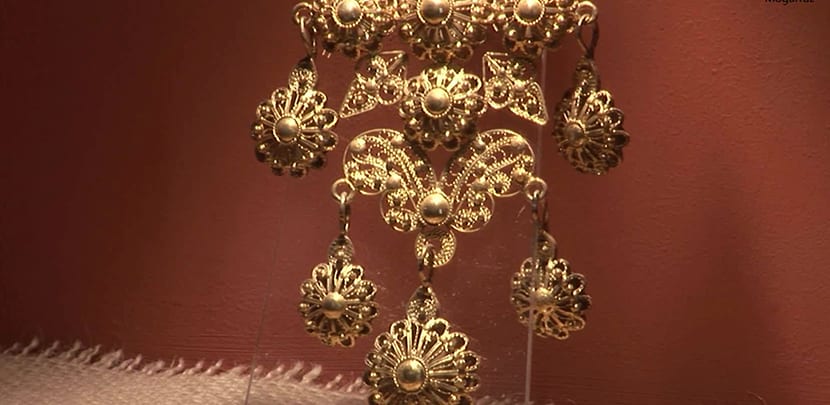
The village is also known for its cultural activity and its crafts, all today exposed in the Ethnographic Museum. Mogarraz works well on gold and silver filigree, embroidery and leather. Gold work is known as source, for example. Another museum is the Iberian Museum, which provides information on how pork products are made and the old tools or utensils that were used in those procedures.
Beyond the streets, the houses, the peculiar artistic exhibition and the handicrafts, Mogarraz is also famous for its religious festival: the Feast of the Virgen de las Nieves, for example, which takes place between August 5 and 6 with dancers and drums.